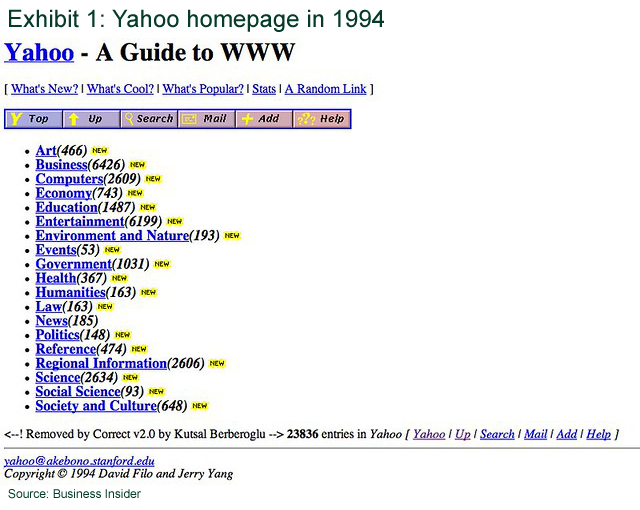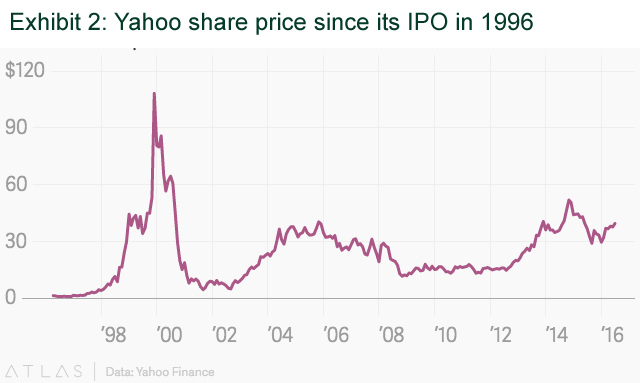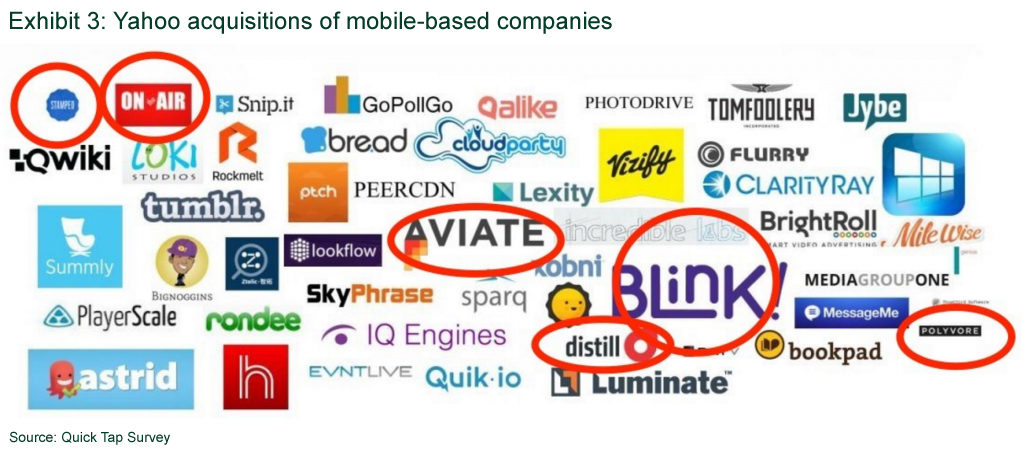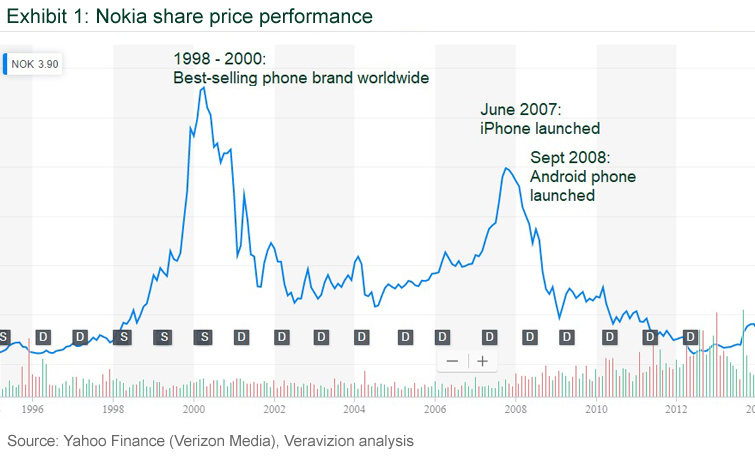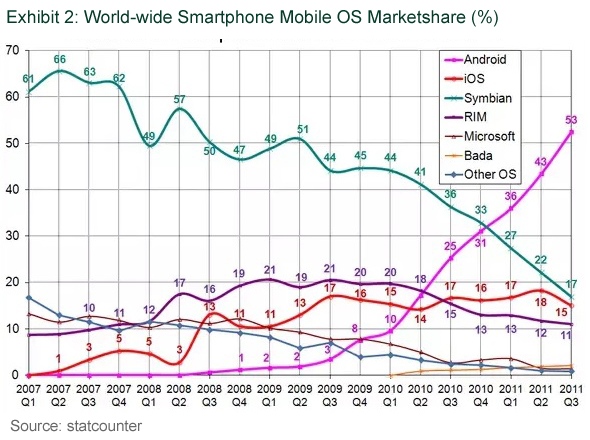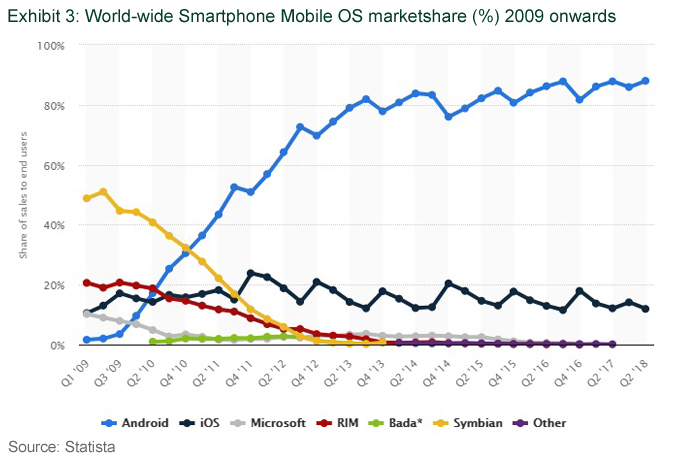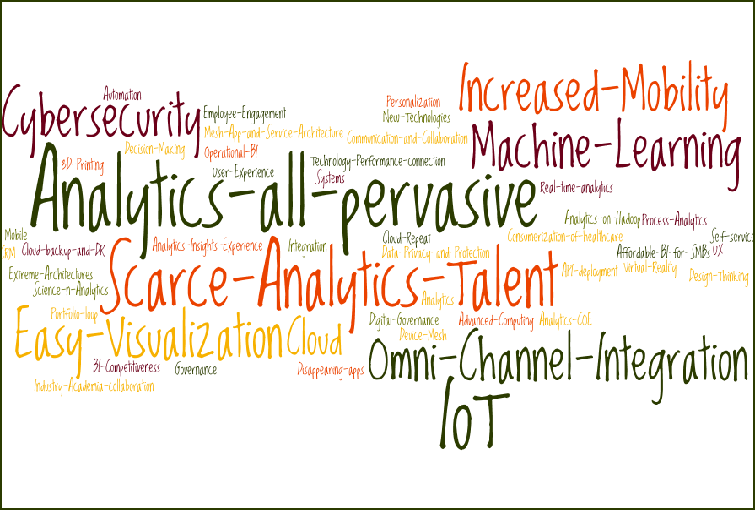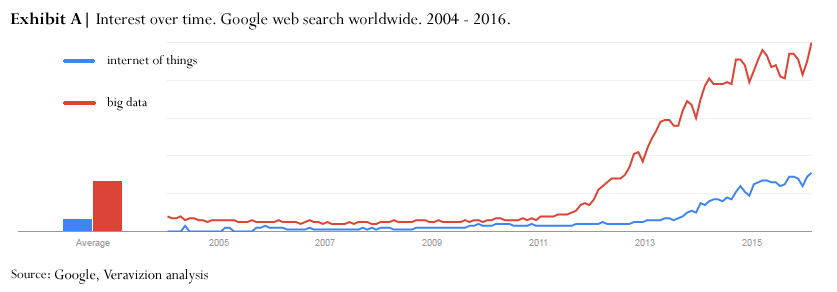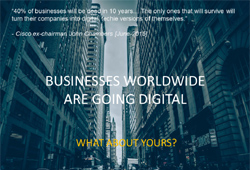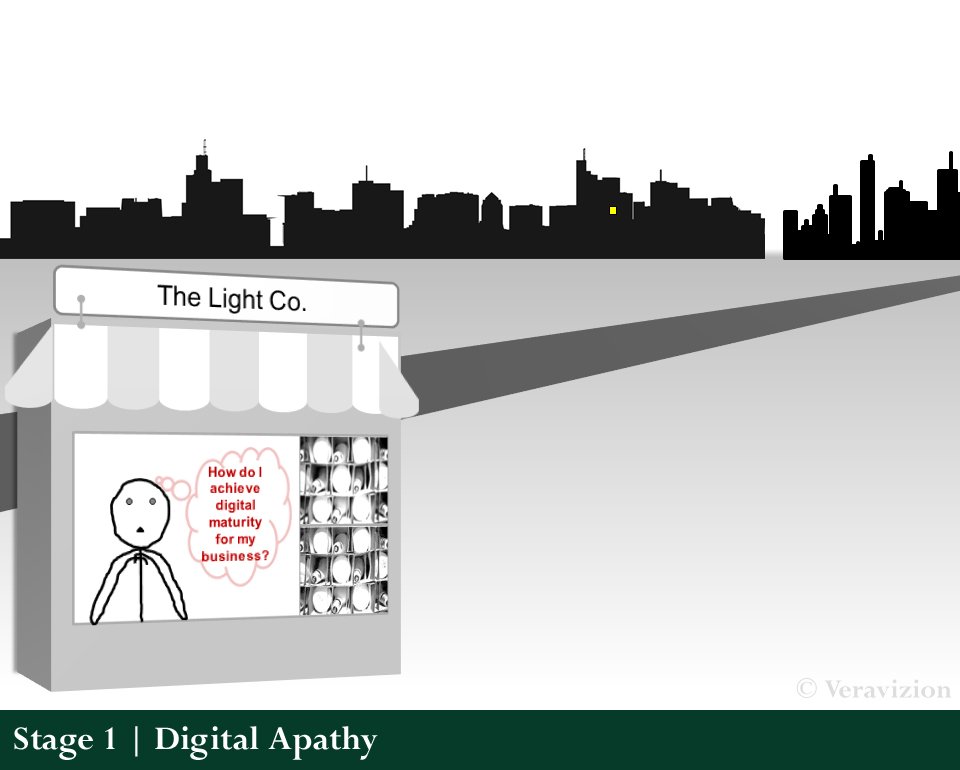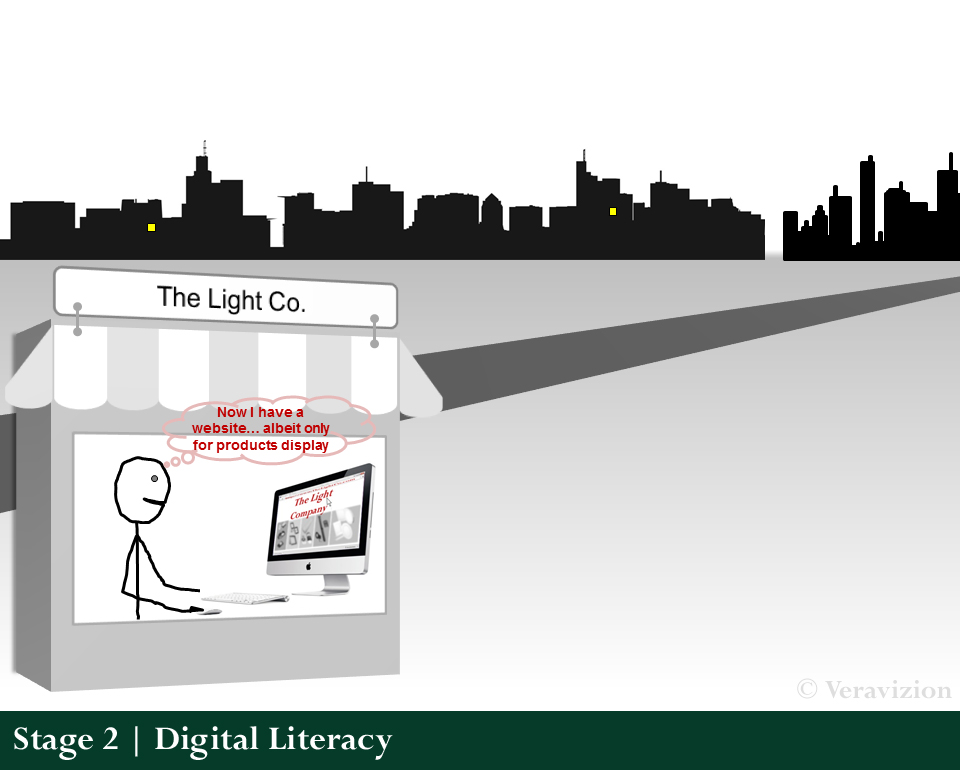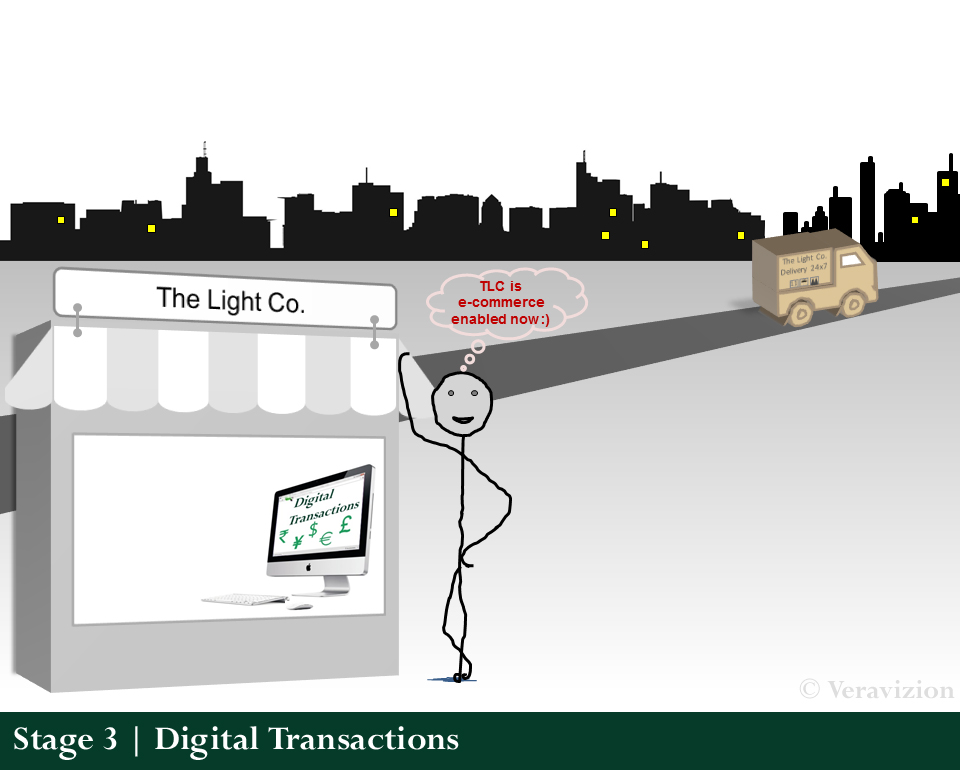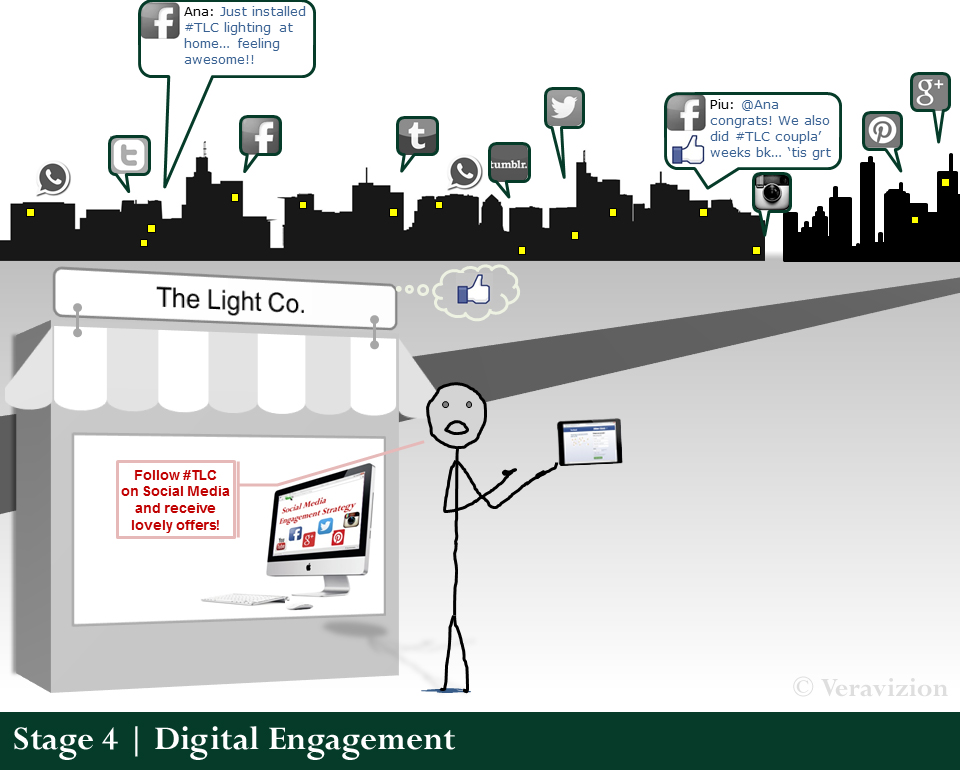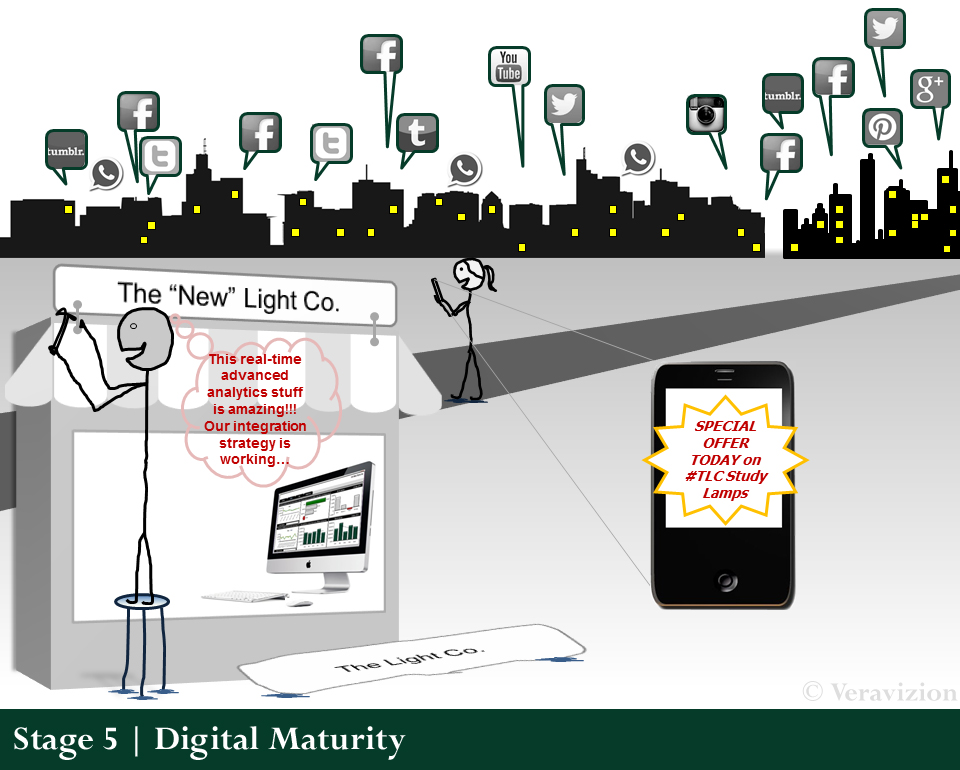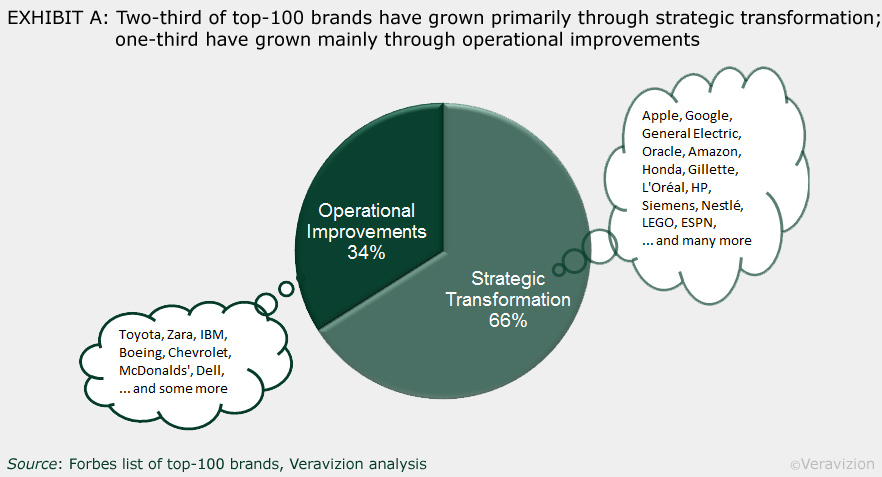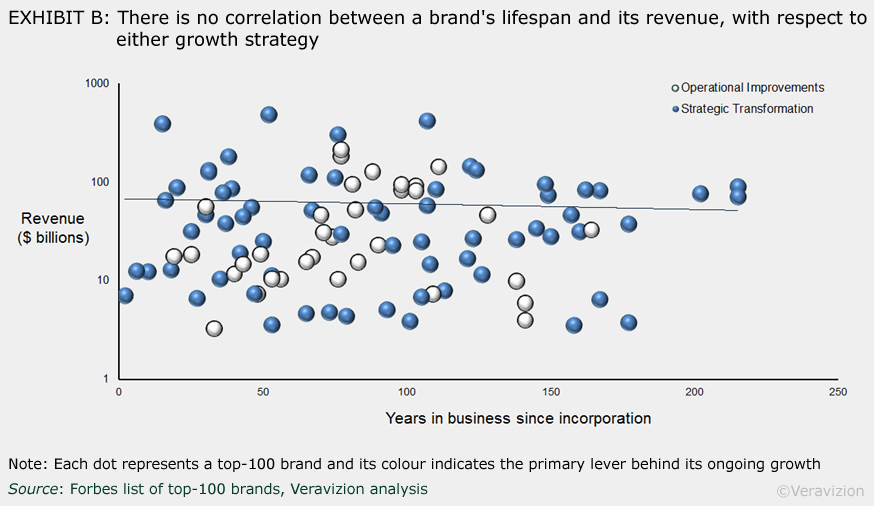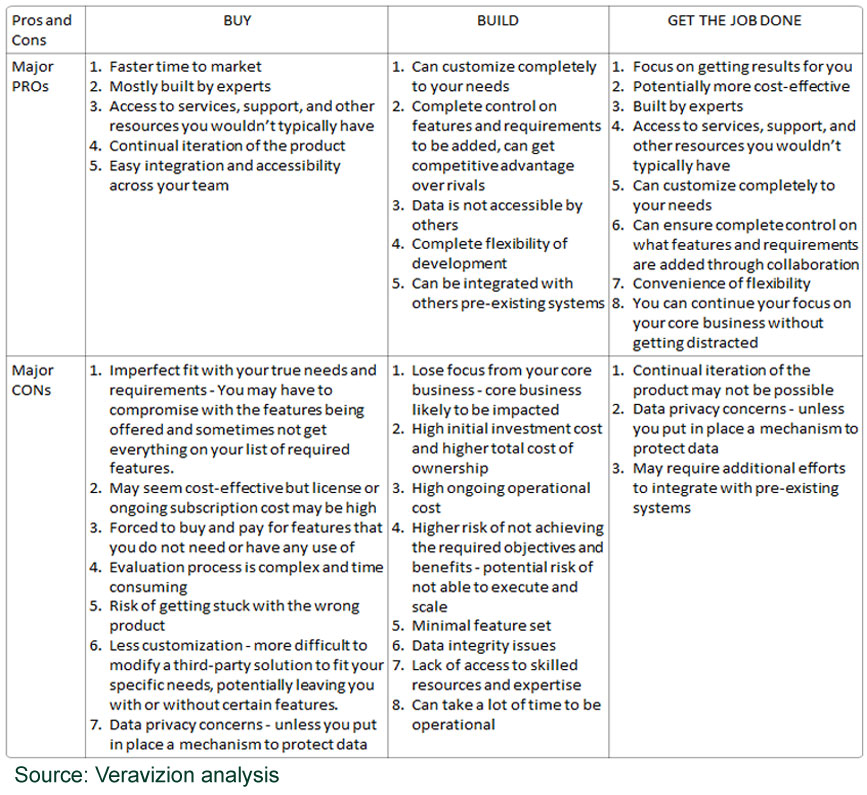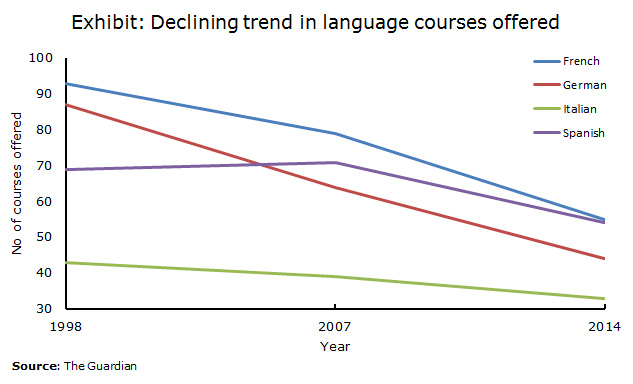The article “Does your business have a working strategy” mentioned three types of strategies that organizations employ to grow and prosper. The subsequent Veracles discussed the first two – Nope and Hope – strategies.
In this post, we discuss the third type. It is called Deliberate Strategy. It focuses on developing a working strategy for your organization. Here we discuss “How deliberate strategy can be the working strategy for your business.”
What is Deliberate Strategy?
Deliberate Strategy is employed in an organization where business executives are:
- growth-oriented and are looking for new areas of growth, and
- have the risk propensity to commit resources to new approach
In this approach, businesses invest resources to develop a bespoke strategy tailored specifically to their business context.
In other words, businesses take deliberate steps within the context of their business situation to increase the likelihood of achieving long-term goals.
In short, the business outcome is not left to chance. Every aspect of operating and growing the business is deliberately and meticulously planned.
As a matter of fact, it is like a journey one undertakes to reach a destination.
Let us explain the analogy.
A journey has four parts: a starting point, a destination to reach, the route that takes from the starting point to the destination, and the resources required to undertake and complete the journey under any eventuality.
Likewise, developing a deliberate strategy requires an organization to take the following four actions:
- Understand the current business context.
- Define business goals.
- Develop plan to achieve the business goals from the current business situation.
- Commit resources to achieve the business goals while adapting to any changes.
Let us look at these four steps in more detail.
1. Understand the current business context.
This is the first step. The business executives developing a deliberate strategy need to first develop a complete understanding of the current business context with respect to the external business environment.
Initially, this involves obtaining customer intelligence, acknowledging operational capabilities, understanding product portfolio, acquiring competitor insights, and baselining financial metrics. This step will help you get a sense of your core ideology, financial and operational resources, organization strengths, weaknesses, and problem areas.
Why is understanding the business context important?
Because an organization has to first clearly define a business objective in order to achieve the objective. Here, the business context provides a frame of reference to define appropriate business objectives. For example, a firm with annual sales of $10million grappling with scale-up challenges cannot directly aim to become a $1billion organization.
Moreover, the business context serves as the baseline against which the firm can measure and compare the progress.
2. Define business goals.
Now, organizational purpose and vision are the guiding light for business executives defining business goals. The organizational vision will not be achieved if the goals are unclear. Therefore, it is necessary that business goals are clearly defined. Doing so helps the executives to communicate them unambiguously to all layers of the organization.
A well-defined business goal adheres to the QTR [read: Quarter] principle:
- Quantitative – firstly, it has to be measurable
- Timebound – secondly, it has to have a definite time frame within which to achieve it
- Reasonable – and it should realistic, even if difficult, to achieve in the given time frame
To illustrate, here are some examples of some meaningful business goals (set by real-life firms):
- Grow annual revenues to $865 million at a CAGR of 20% within three years
- Conquer 5% more market share in our target market by the end of the year
- Reduce operational costs to realize 15% profitability YoY within two years
At this point, a QTR-based business goal establishes the destination for a business to reach within a stipulated time.
3. Develop plan to acheive the business goals.
This is the third important step. Once the business goal is defined, the CEO and the top management need to put together a route to that end. Here, a customer-centric plan acts as the route.
This step is especially crucial to developing a deliberate strategy. In fact, this is where a Deliberate Strategy differs from a Hope strategy (or any other best practices strategy).
A Hope strategy is forward-designed and forward-implemented.
Whereas, a Deliberate Strategy is backward-designed but forward-implemented.
Let me explain.
A Hope strategy involves employing strategies and best practices that have worked for other businesses. Naturally, these strategies are picked up by an organization and customized for their use and implemented to reach the business goals. Thus, it follows a forward path.
On the contrary, a Deliberate Strategy starts from the end-point, i.e. the business goals. Mainly, it involves figuring out what is required to reach that state and then coming backward by designing a slew of bespoke actions to reach that state. This is how it is backward-designed.
This is the key difference between the two.
4. Commit resources to achieve the business goals while adapting to any changes.
This is the final step. Once the plan is defined and the business strategy is rolled out, the organization commits to the implementation journey along the strategic route.
As we know, a business strategy for an organization exists within the context of its current business situation. However, the business situation is part of the larger business environment. It generally includes the market (which buys) and the industry (which sells) among other stakeholders, like suppliers, regulators, government, and technology.
Meanwhile, the business environment is constantly changing.
Buyers (or customers), sellers (or competitors) and suppliers keep entering and leaving the business environment, like new passengers en route your journey.
Like you, your competitors are also persistently working on their own strategies to grow and capture market share.
Additionally, governments keep looking for newer ways to tax businesses. Also, the regulators are bringing new regulations to safeguard fair competition. Similarly, technological advancements are disrupting the way of doing business.
On the whole, the business environment is continually changing.
Therefore, it is imperative to keep looking for any changes that risk the execution of your bespoke strategy. Accordingly, the business needs to keep collecting data points and reviewing its strategy at regular intervals to ensure that the journey is on the right track.
To sum up, these are the actions that make for a working strategy.
How Veravizion implements Deliberate Strategy?
At Veravizion, we have developed our own framework that we call contextual problem solving with deliberate strategy. This framework facilitates the development of deliberate strategy using a Context-Drivers-Solution-Impact cycle. Also, it applies to any business across industries.
There are many companies that have employed Deliberate Strategies in the past to grow predictably. In particular, 3M, Amazon, Apple, Boeing, Google, Nike, Nordstrom, Procter & Gamble, are a few examples.
While reading the names of these well-known companies, it is easy to think that deliberate strategy works only for the big ones.
However, it is not so.
In reality, most of these companies were virtually a nobody BEFORE implementing deliberate strategies.

3M were miners. Their earlier venture, started in 1902, to mine corundum failed. In the past, 3M also tried their hands at other things like making sandpaper. They failed less, yet did not succeed like success.
Later, they chose to embrace “innovation and collaboration” as their Deliberate strategy. Today, 3M is known as the world’s most innovative company.
More Examples of Deliberate Strategy…
Here is an interesting example from “Built to Last”, the bestselling book by Jim Collin and Jerry Porras.

Boeing, until 1952, had been building aircraft primarily for the military. They had virtually no presence in the commercial aircraft market. Moreover, Boeing relied heavily on orders from their only major client – the U.S. Air Force – to survive. In short, nobody knew Boeing. Back then, their competitors Douglas Aircraft dominated and ruled the commercial market with their propeller-driven planes. While Boeing wanted to enter the commercial market with a big, fast, advanced, and better-performing aircraft.
If Boeing had followed the Nope strategy, we would never have known of them.
If Boeing had followed Hope strategy, they would have probably leveraged the competitor strategies of the time and would have built a better propeller plane at best.
Instead, Boeing embraced a Deliberate Strategy.
Boeing’s purpose and vision were to be on the leading edge of aeronautics pioneering aviation. Taking inspiration from there, Boeing announced their goal to make a jet plane for the commercial market. No other aircraft company had done that before them. Moreover, such a project was going to cost them about three times their average annual after-tax profit – roughly a quarter of their entire corporate net worth – to develop a prototype for the jet. But Boeing committed to it. Later, the strategy resulted in such fine planes as 707, 727, 737, 747, and 777. Douglas aircraft could never quite catch up to Boeing. Douglas struggled to survive by merging with McDonnell aircraft in 1967. Eventually, Boeing acquired McDonnell Douglas in 1997.

Apple is a more recent example of a business that became successful by devising and implementing a Deliberate Strategy. Apple believes in “breaking the status-quo”.
The strategy helped them differentiate in the crowded smartphone market and create an enviable position for them. As a result, Apple was the most valuable brand in the world for eight straight years.
To sum it up with key insights…
Deliberate Strategy helps an organization achieve its business objectives in a decisive and predictable manner.
The predictability comes only by acting deliberately.
The whole process is highly intentional, methodical, and purposeful.
And Deliberate Strategy is universal. The above framework would still work if you replace an organization with an individual or an institution.
There are many examples of successful implementation of deliberate strategy in all spheres of life.
Deliberate strategy is the difference between many successes and failures.
An organization’s strategy is its source of sustainable competitive advantage. Should one squander it away by following someone else’s strategy? What do you think?
Related Posts:
- Analytics in Healthcare: A Veravizion Case Study
- Does Your Business Have a Working Strategy?
- Customer-centric Sales is the New Competitive Advantage
<– Can Hope be a Real Business Strategy?
Two Finals, Two Ties, and the Common Winner –>
You can also subscribe to our blog – Veracles – to receive interesting articles and insights in email. We would love to read your perspectives and comments on that.
Do follow Veravizion on LinkedIn, Twitter or Facebook to receive easy updates.
Cover photo credit: Brad Wetzler
Other photos: 3M.com, Boeing.com, Apple.com


